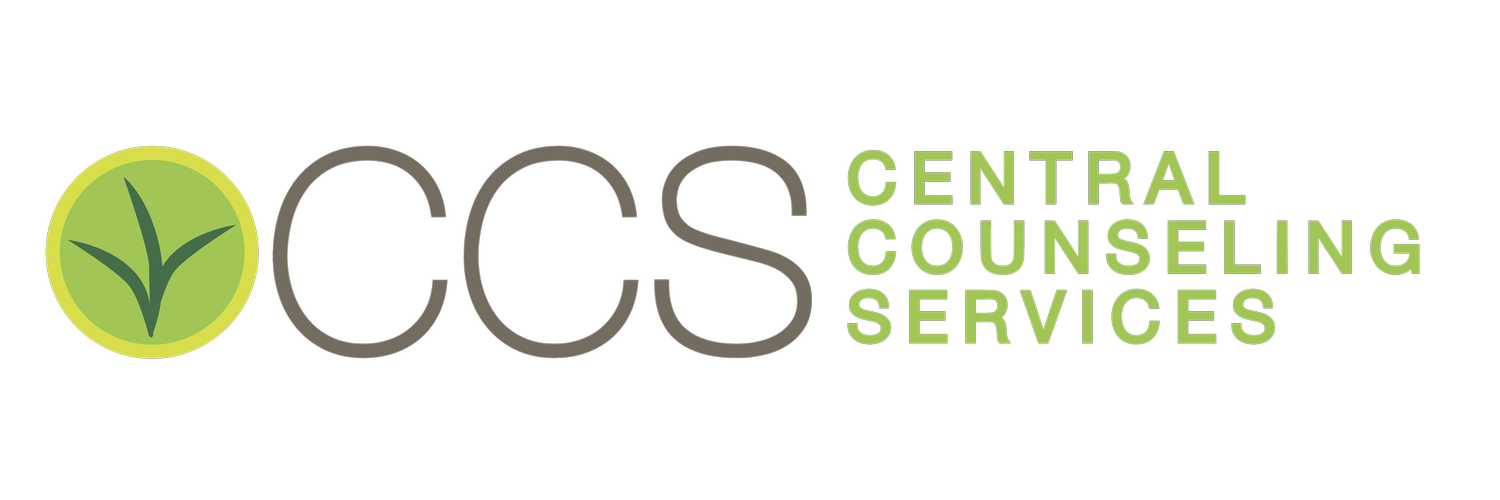I bet by now you have heard that you should learn to meditate. You may have heard that it can be useful for your health, reduce your stress levels and that it can even make you happy. You may be thinking those are excellent benefits but how do I do it and what is it exactly?
The National Institute of Health has defined meditation as "a mind and body practice that focus on the interactions among the brain, mind, body, and behavior." Despite the many types of mediation most include these four principals 1. A comfortable posture that can consist of standing, sitting, lying down or walking, 2. A location that is quiet with few distractions, 3. A focus of attention on an object, breath, mantra or word and 4. A nonjudgmental or open attitude, letting distracting thoughts go without assigning any emotion to the thoughts.
Many health studies show meditation can have a positive effect on our physical health. In a 2017 survey of adults, 55-75 years of age and brain functioning over an 8 week period were either using focus controlled breathe mediation or the control activity. After they were given tests to measure their attention and emotional control the results found that those who meditated had significantly better attention on the test and activation in the attention area of the brain over the control group.
Many other studies are suggesting that the practice of mindfulness for healthy people can reduce stress and can help people cope with pain, Anxiety, and depression that often accompanies chronic illness.
If you need further convincing of the effectiveness of mediation and health benefits, take a long look at a recent article by Jill Suttie entitled “Five Ways Mindfulness Meditation Is Good for Your Health.” Greater Good, Greater Good Center UC Berkeley, 24 Oct. 2018
10 steps to Meditation
1. Start with 2 minutes. You can increase it in a week or two after you get comfortable.
2. Find a comfortable place to sit or lay down with little to no distractions and close your eyes.
3. Check in with your emotions; how do you feel right now? Whatever you feel is okay
4. Start with breathing deeply in and slowly release.
5. Thoughts will come and go, notice them and then focus on breathing again.
6. If you have a mantra or a word say that to yourself as you breathe in and out.
7. Don’t worry about doing it wrong; just do it as the Nike ad says.
8. Have a feeling of gratitude or love as thoughts enter and leave you. They are a part of you.
9. Stay with whatever comes up, then return to the breath. Don't fight the thoughts or give up.
10. Try to meditate early in the day and do it every day. It's only for two minutes.
Meditation may not feel comfortable at first, that is okay, keep trying. You can also try the guided meditation on this site if you need a bit more guidance. After you get the 2 minutes down add another minute or two. When you are done for the day, smile and be grateful that you had these two minutes for just you. After a few weeks, you will look forward to this practice. Remember that consistency is the key. If you feel you need more help, there are" APP for that," a few that my clients and I like include HeadSpace, InsightTimer, and Calm. These apps are available in the Apple Store or Google Play. There is also a biofeedback band that teaches you to meditate called Muse. Muse is headband that you wear around your forehead, and it provides feedback as to your current brainwaves. It includes step by steps instructions as it encourages you along your journey.
The bottom line is it, not the program or equipment you use, what is important is that you are engaging in the practice of mediation for your mind, body, and spirit.
By Sheralyn (Sherry) Shockey-Pope, LMFT
Sheralyn (Sherry) Shockey-Pope, LMFT is the Chief Operation Officer and Co-Owner of Central Counseling Services. Sherry oversees the day to day operation of the practice in two locations Riverside and Murrieta, and she directly supervises associates, licensed therapists, and the support staff. Her practice consists of 23 clinicians and five support staff. Sherry has extensive teaching and speaking experience and presents on topics of depression, anxiety, child abuse, adoption, business performance, and mindset blocks. Although she is not taking new clients, she can help you find the perfect therapist fit from her hand selected and well-trained therapist team. In her spare time, Sherry enjoys being outdoors, water aerobics, swimming, hiking, gardening or sailing.



